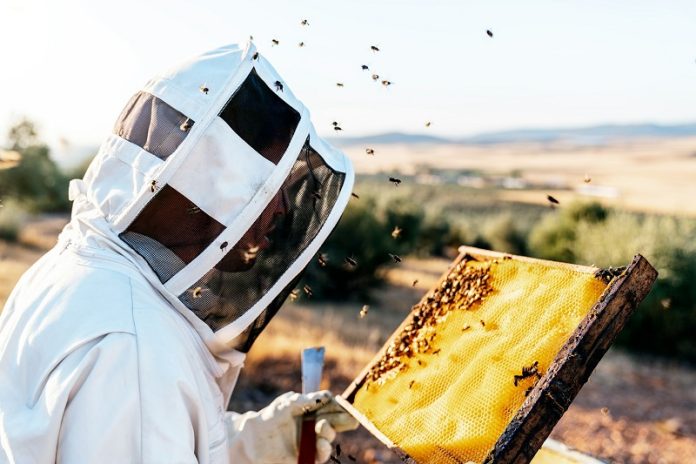
Engineering students from Kingston University in London have made headlines by building a rocket engine that runs on an unusual but eco-friendly fuel—beeswax.
The project, which took more than a year and a half to complete, showcases how sustainable materials could be used in future space technology.
The group of eight students worked at the university’s Roehampton Vale campus, using its high-tech propulsion lab to design and test the rocket engine.
They relied on specialist software to create the engine model and then brought it to life in the lab, where they successfully ran a test and collected data on important factors like temperature and pressure.
One of the students, Michaella Gapelbe Santander, who is studying Aerospace Engineering and Space Technology, explained why they chose beeswax instead of traditional fuels.
Usually, rockets use fuels like paraffin or plastic-based materials such as HDPE. But the students wanted to find a more sustainable and creative solution.
Beeswax, she explained, behaves similarly to paraffin and is also a renewable resource, making it an environmentally friendly alternative.
Beeswax is a natural product made by bees when they build honeycomb, and it’s often collected by beekeepers when they harvest honey.
For their engine, the students sourced their beeswax from a company in Lincolnshire called Thorne, which supplies beekeeping materials.
According to Michaella, having access to Kingston University’s advanced facilities made a huge difference to the project. The university’s rocket lab provided everything the students needed to design, build, and test their engine all in one place.
This hands-on experience allowed them to gain practical skills while working on a real engineering challenge.
Dr. Peter Shaw, a senior lecturer in astronautics at Kingston, praised the team’s efforts and highlighted the importance of supporting student innovation.
He said the project was a perfect example of how students can combine creativity, technical knowledge, and care for the environment to push the boundaries of engineering.
The university’s on-site propulsion lab gave them the space to safely explore these ideas and develop valuable skills for their future careers.
The students hope that once their results are published, others in the aerospace industry will take note of their work. They believe this project could help inspire more eco-friendly approaches in rocket design and encourage engineers to think more sustainably about the future of space travel.
Source: KSR.


